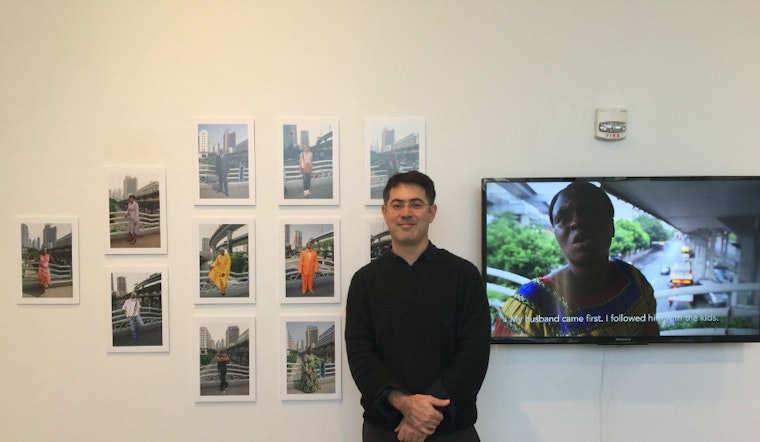
A new photography and animation exhibit at the Chinese Culture Center in Chinatown and SF Camerawork in Mid-Market offers a look at massive cultural shifts in China from personal, humanistic portraits.
The show, titled "Retrieved回—The Art of Looking Back," includes works by three very different artists, but along similar themes. It portrays a changing China as its borders open and it becomes more modern and urbanized. These stories are told through vintage family photographs, found photos and contemporary images. (The Chinese character in the title, hui, means "return; turn around; revolve.")
The exhibit was co-curated by Abby Chen, artistic director of CCC (750 Kearny, Third Floor, in the Hilton Financial District) and Heather Snider of SF Camerawork (1011 Market St., Second Floor). Both sites have different exhibits—two of the artists have photographs only at SF Cameraworks; not full installations—and an opening reception from 6–8pm tonight will include a shuttle between the two. A talk by the artists on culture and society will take place from 6–7:30pm, Feb. 22nd at CCC, and the show runs through May 14th.
The artists are Kurt Tong, who was born in Hong Kong but traveled and worked extensively across Europe, the Americas and Asia; Daniel Traub, a New York-based photographer and filmmaker who lived in China from 1998–2007; and Thomas Sauvin, a French photography collector and editor who lives in Beijing.
Artist Kurt Tong's series, "The Queen, The Chairman, and I," at CCC, tells a story through vintage family photographs and original work. The walls show family album pictures from his two grandfathers: One who was something of a rich playboy who left China in 1949 and ended up very poor; the other of his poor laborer grandfather who became wealthy in Hong Kong. "I'm using their lives to represent the last 100 years of Chinese migrations," he said.
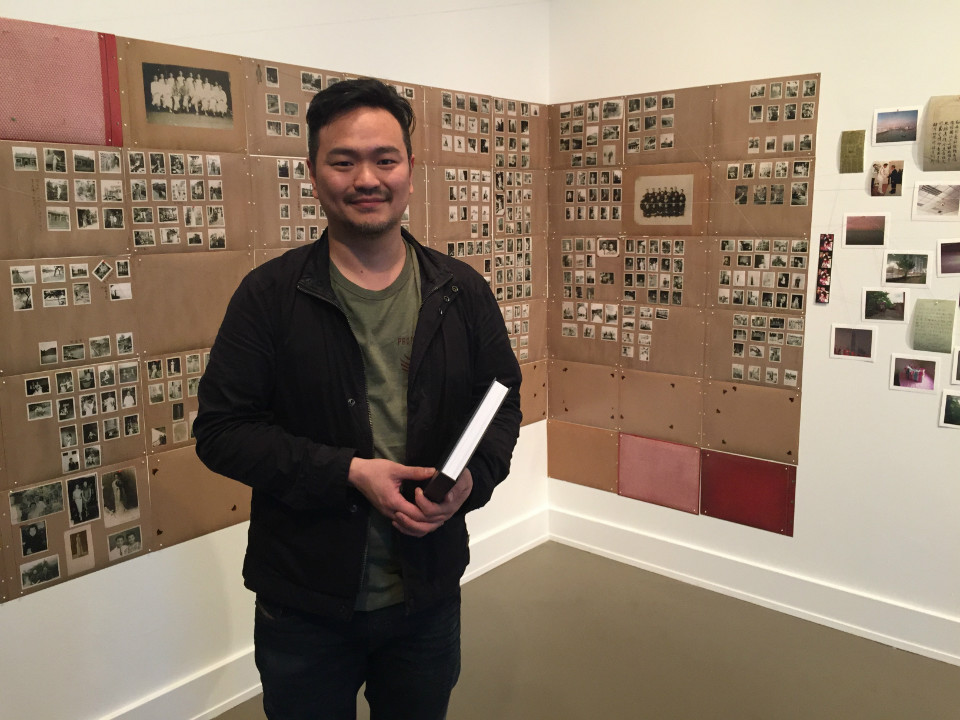 Kurt Tong.
Kurt Tong.
Tong also has a self-published book of photographs available to peruse, and shows a home movie in a gallery at CCC set up to resemble a Chinese tea room. Low-hung strings are pinned to the walls running from sets of photos to others; the intent is to show the threads between the pictures.
Chen said, "It's because of [Tong's] book I fell in love with the portfolio and wanted to show his work," which is dedicated to his three daughters. She appreciates how "instead of a Western colonial gaze, it is Chinese people embracing modernity on their own terms."
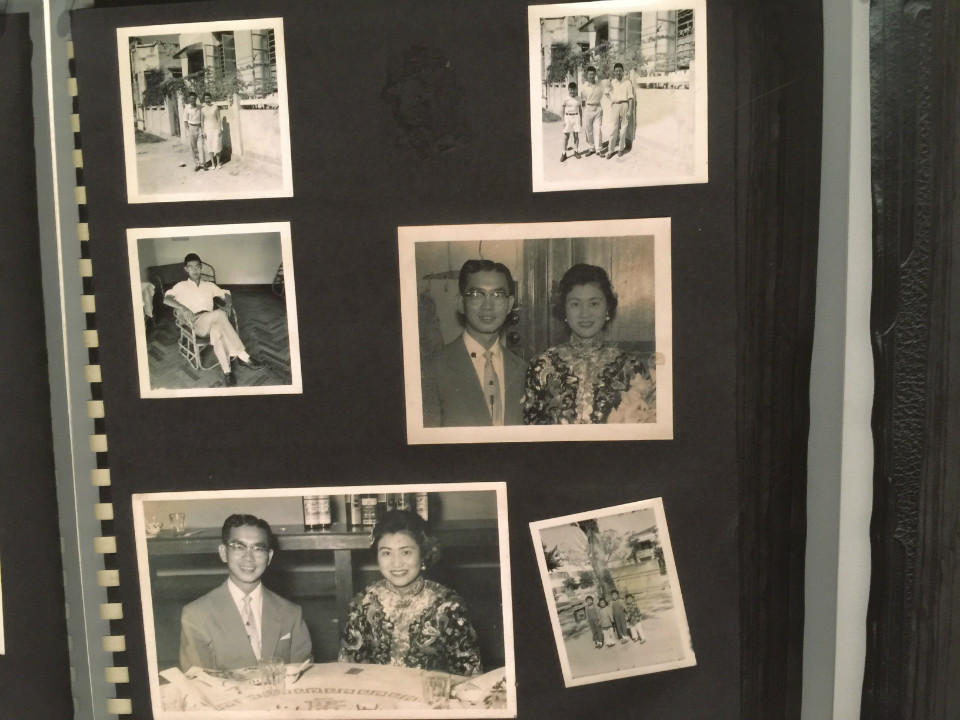
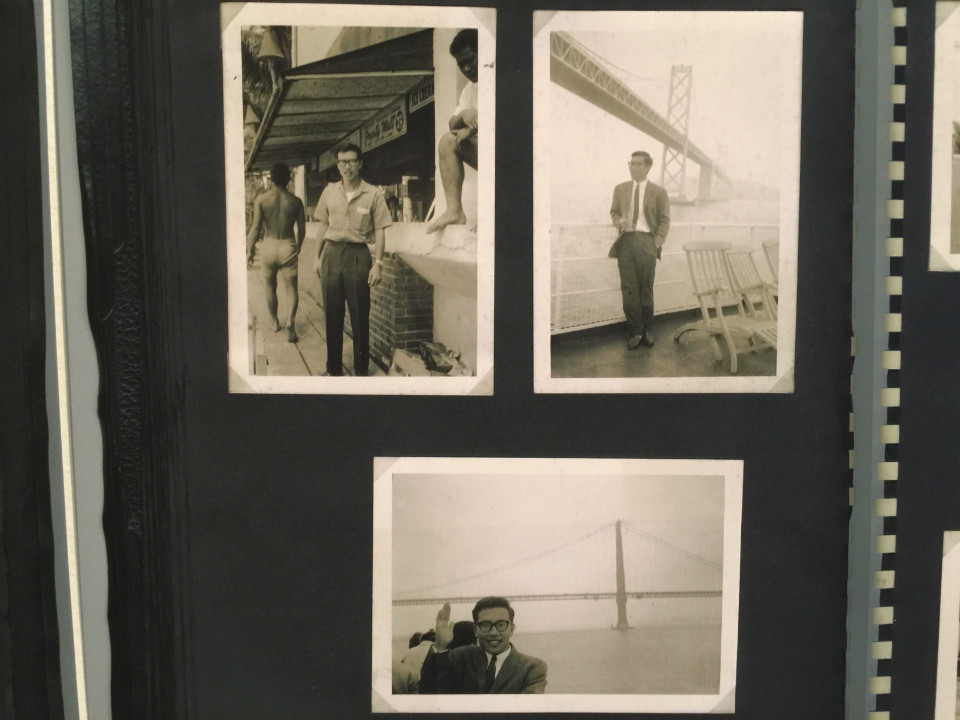

Tong's family photos in "The Queen, The Chairman, and I."
Sauvin's project, "Beijing Silvermine," is a trove of prints made from salvaged negatives, along with four animated screens by artist Lei Lei, which use images from the same collection. Sauvin located a man who was buying up old negatives and recycling them for the silver nitrate, and he offered instead to purchase them by the kilogram for the price he was earning. He now has 750,000 negative and printed 1,500 for this installation. (He also uses the photos to produce quirky fold-out mini books using photos on a theme, such as Chinese women posing with their new TVs and refrigerators.)
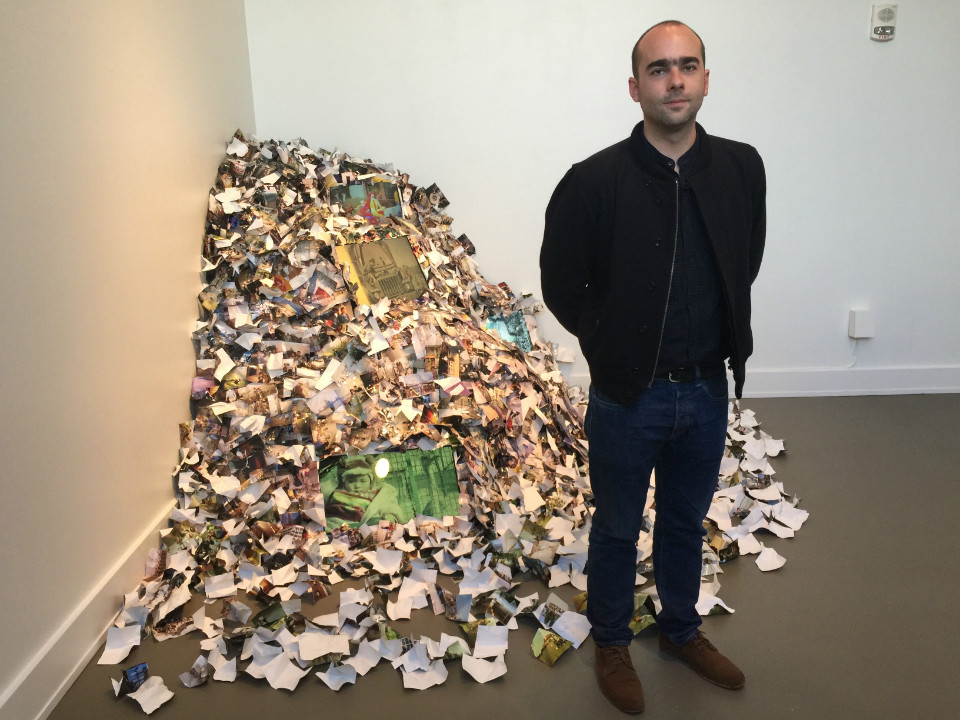 Thomas Sauvin with "Beijing Silvermine."
Thomas Sauvin with "Beijing Silvermine."
Sauvin says, "It's a story of a place and a time," not one person or one family. You'll see hints of Westernization, such as Ronald McDonald, pop up in the animation. Sauvin told us when McDonald's opened in Beijing in 1992, people would travel to take photos of themselves there, even though many didn't eat the food. It also shows people taking family trips to the beach and other scenes that reveal a growing modernity, global influence and wealth in Chinese society from 1985–2005, spanning from the introduction of film to mainland China to the start of digital photography.
The photos now have a nostalgia, Chen said, because they show "Chinese people getting out of poverty, embracing the first taste of urbanization. You see the hopefulness in it. That was before China's unstoppable development."
"Little North Road," the work by Traub, is named after a pedestrian footbridge connecting two parts of a busy commercial neighborhood in bustling Guangzhou. The bulk of the pictures are posed instant portraits of mostly African immigrants, and were taken by street vendors. Traub collaborated with the photographers to amass more than 20,000 images; the installation also includes his original works and video.
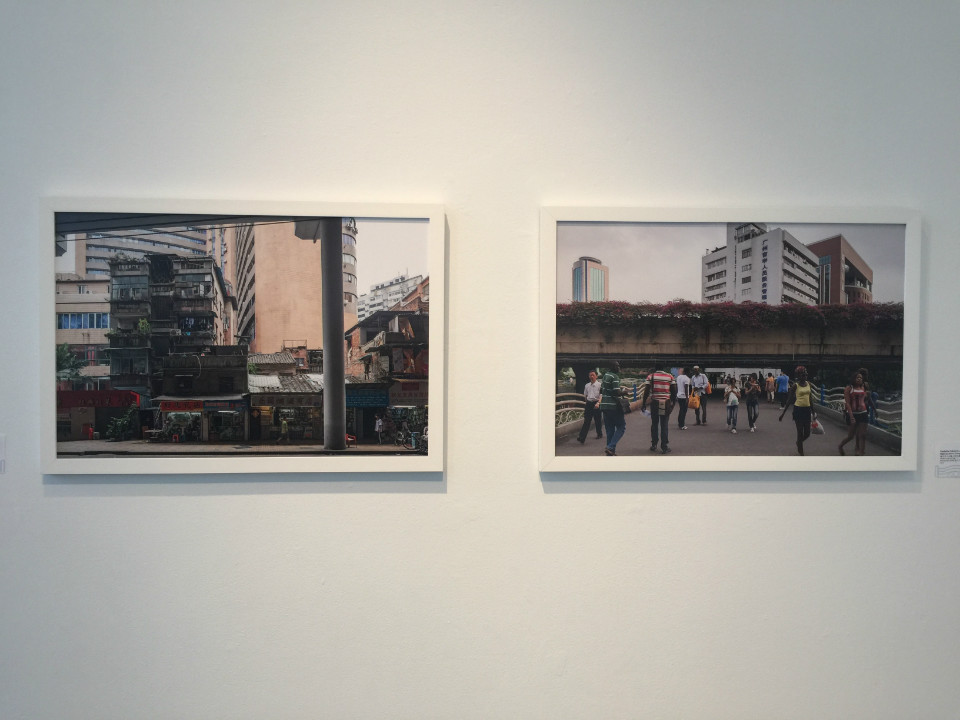 Original photos by Daniel Traub.
Original photos by Daniel Traub.
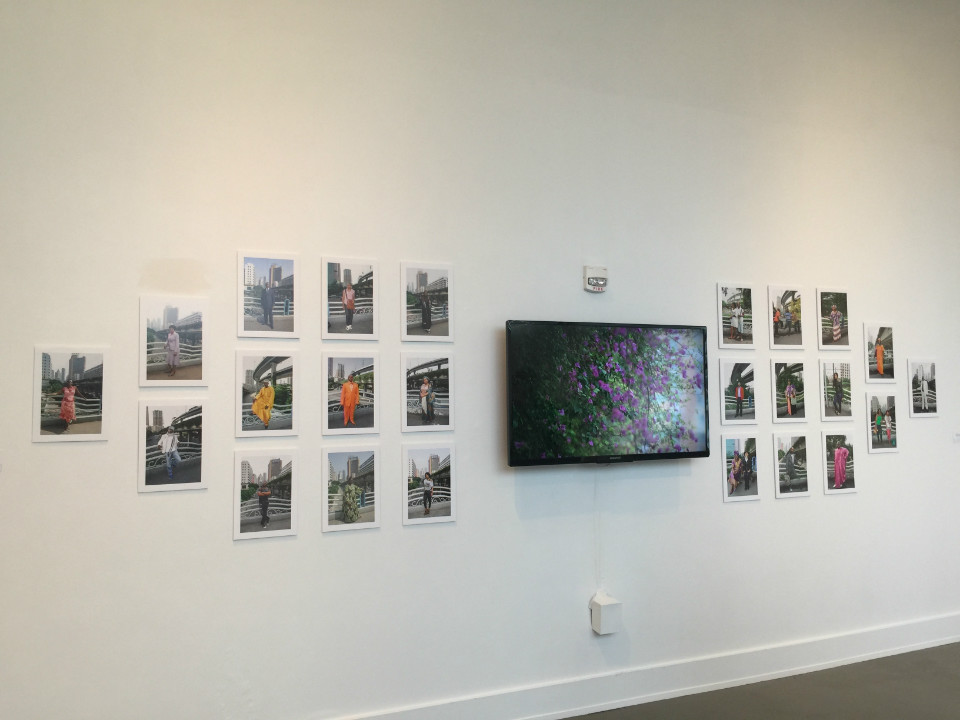
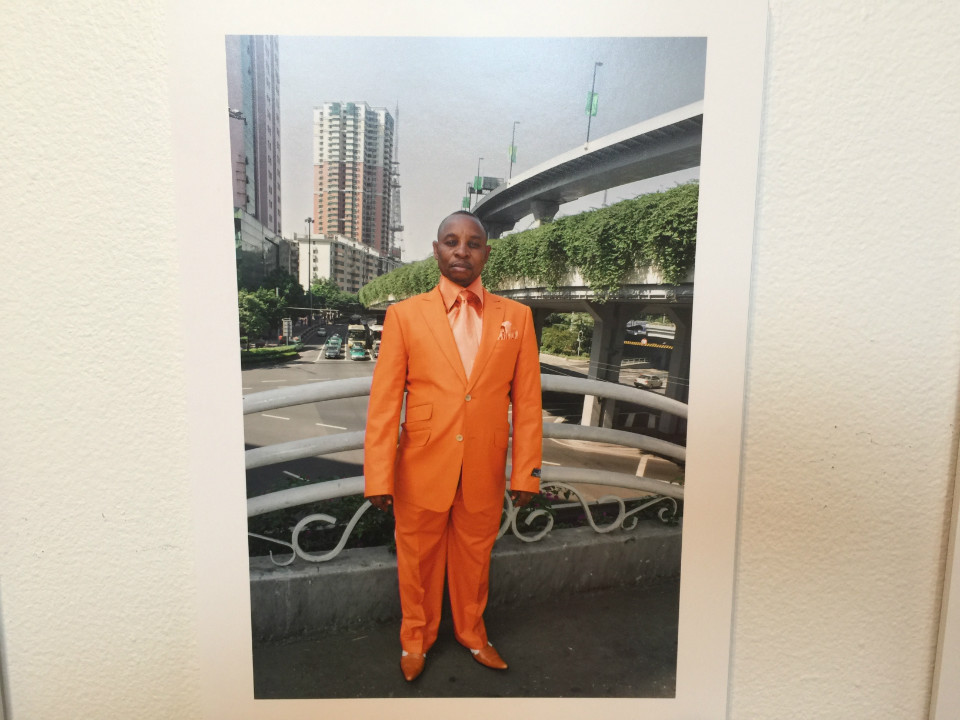
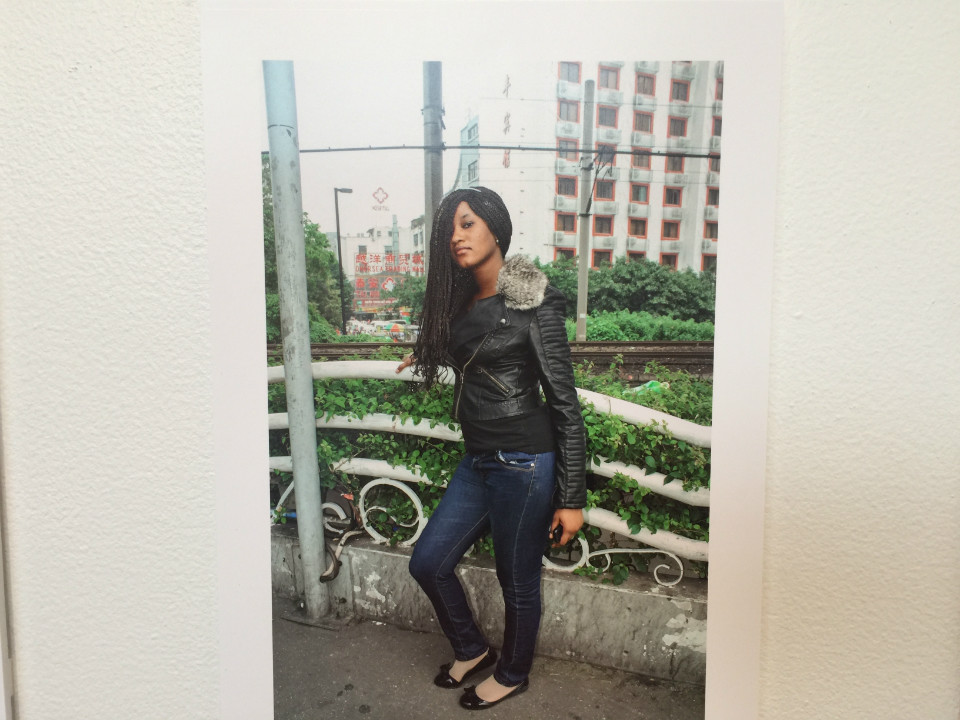 Works in collaboration with street vendor photographers.
Works in collaboration with street vendor photographers.
Chen said many vendors go to China to buy outdated electronics and cell phones to resell in Africa, where they're still a hot commodity. Many of the immigrants pictured want the looming overpass and tall buildings in the background so they can send photos back to their families to show they're in the big city. "It's a shared experience by many immigrants," she said. "You're in a new place, you send a photo, in new clothes."









